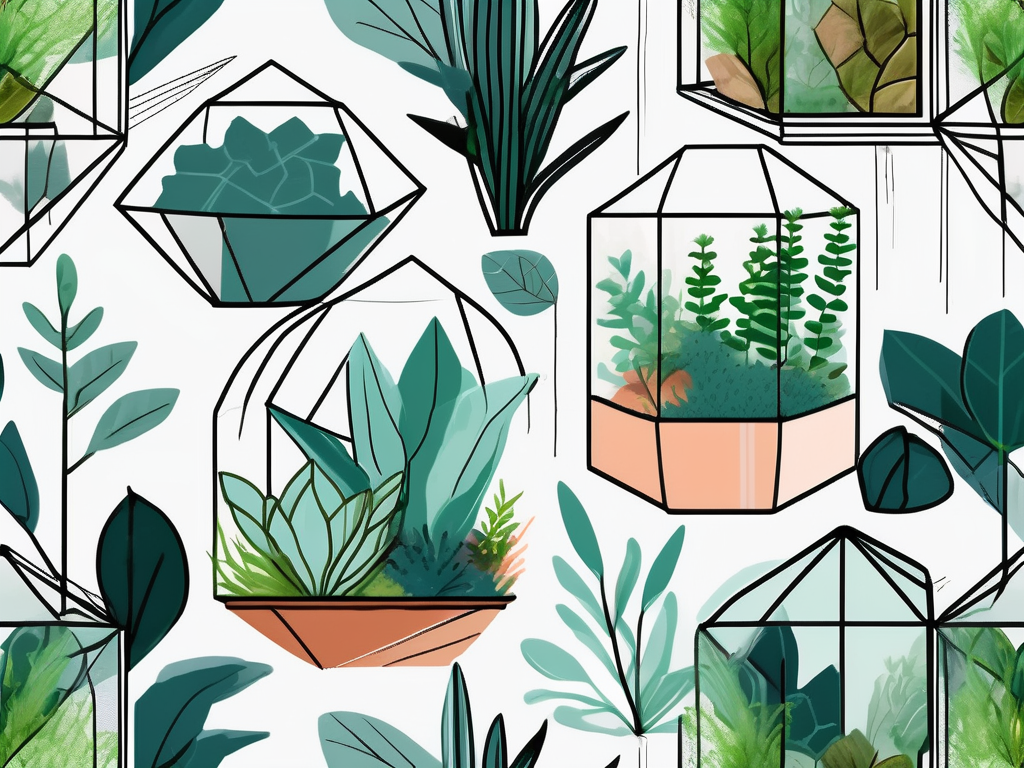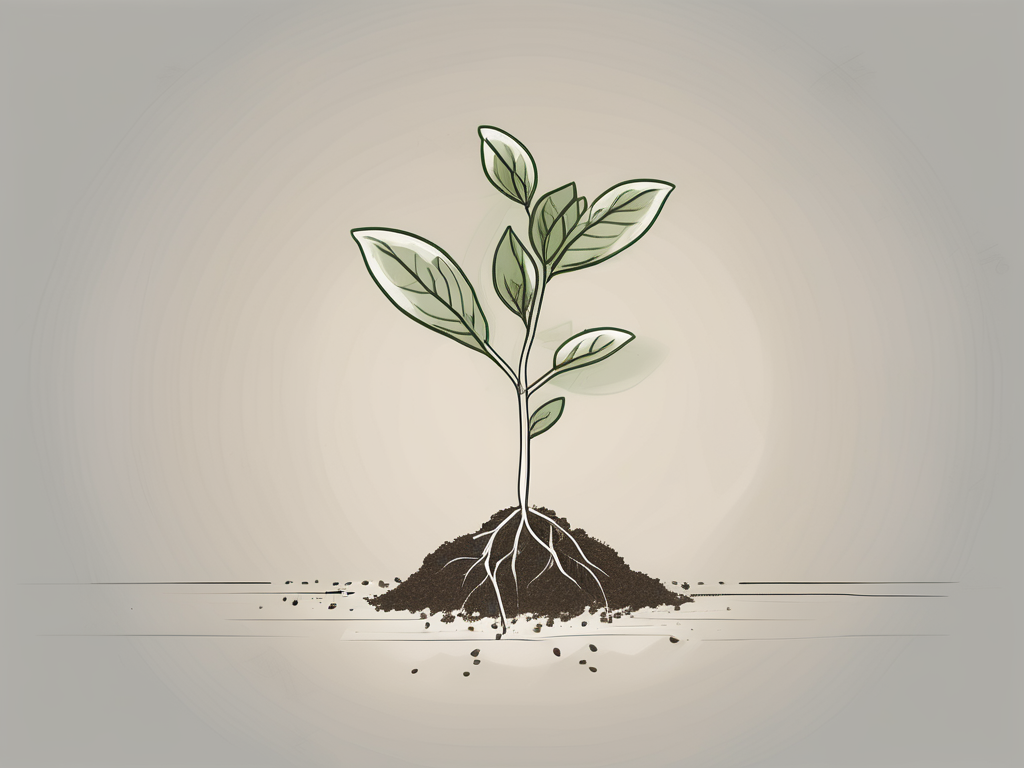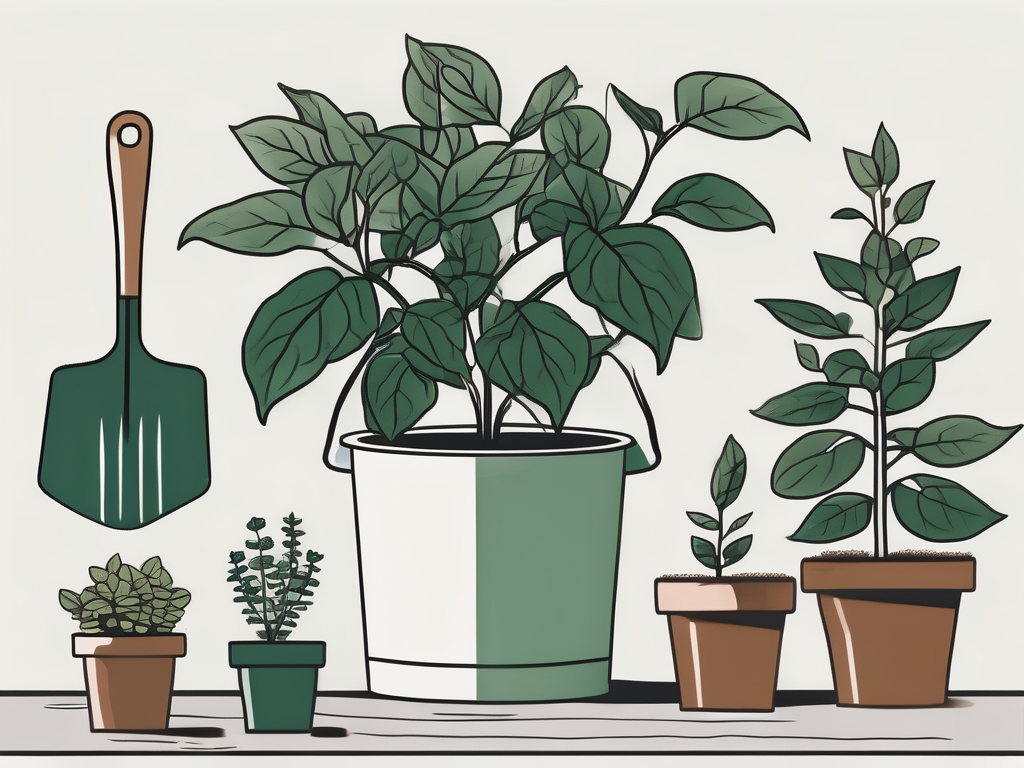
Geo plants, or geophytes, are the underrated gems of the plant world. These fascinating plants thrive underground, where they store water and nutrients in their bulbs, corms, or tubers. Imagine having a plant that not only looks stunning but is also a powerhouse of resilience and adaptability. That's the charm of geo plants in a nutshell.
In this article, we're diving into the incredible benefits of incorporating geo plants into your home and garden. From their unique survival strategies and low maintenance needs to their aesthetic appeal and air-purifying qualities, there's much to appreciate about these plants. We'll also touch on how to care for them, select the right varieties for your space, and creatively incorporate them into your interior design. Let's get started!
The Resilience of Geo Plants
One of the most remarkable features of geo plants is their resilience. These plants have evolved to withstand harsh conditions by storing water and nutrients in their underground structures. This adaptation means they can survive periods of drought and come back to life when conditions improve, making them perfect for those of us who might forget to water every now and then.
Geo plants often go dormant during unfavorable conditions, conserving their energy and resources until the environment is right for growth. This dormancy period is like a plant version of hibernation, allowing them to thrive in environments where other plants might struggle. Because of this, they can be a great choice for outdoor gardens in areas with less predictable weather patterns.
Some popular geo plants that exhibit this resilience include:
- Tulips
- Daffodils
- Amaryllis
- Crocus
- Onions and garlic (yes, they count too!)
Each of these plants can serve as a testament to the power of adaptation, reminding us that nature often finds a way to thrive, even in challenging circumstances.
Low Maintenance Marvels
Who doesn't love a plant that requires minimal fuss? Geo plants are champions of low maintenance care. Their underground storage organs mean they don't need frequent watering, making them ideal for busy plant lovers or those new to the world of plant care.
Most geo plants are happy with a simple routine:
- Watering: Water sparingly. Let the soil dry out between waterings to prevent rot.
- Light: They generally prefer bright, indirect light but can tolerate lower light conditions.
- Soil: Well-draining soil is a must to avoid soggy roots.
- Fertilizer: A light feeding during the growing season can help, but they often don’t need much.
With these straightforward needs, geo plants can fit seamlessly into any lifestyle. They offer a beautiful touch of nature without demanding too much of your time and energy, freeing you to enjoy their beauty without the worry of constant care.
Aesthetic Appeal and Versatility
Geo plants are not just about practicality; they're also incredibly beautiful. Their blooms can range from simple and elegant to bold and vibrant, offering a wide array of options for any aesthetic preference. Whether you're drawn to the iconic spring tulip or the striking amaryllis, there's a geo plant to suit your style.
But the beauty of geo plants extends beyond their flowers. Many have unique foliage that adds texture and interest even when they're not blooming. Think of the lush leaves of a caladium or the dramatic spikes of an agave. These plants can add depth and dimension to your indoor plant collection or garden design.
Geo plants also offer a versatility that's hard to match:
- Use them in containers for a portable splash of color.
- Plant them in mass beds for a stunning visual impact.
- Mix them with other perennials for a dynamic and ever-changing garden display.
- Incorporate them into cut flower arrangements for long-lasting beauty.
This versatility means you can find creative ways to incorporate geo plants into your home and garden, no matter your space or style constraints.
Air-Purifying Qualities
Beyond their beauty and resilience, geo plants also contribute to healthier indoor environments. While not all geo plants have been specifically studied for their air-purifying abilities, many plants, in general, are known to improve air quality by filtering out toxins and releasing oxygen.
For example, plants like the peace lily and snake plant (though not technically geo plants, they share similar low-maintenance qualities) are well-known for their air-purifying benefits. By incorporating a variety of plants, including geo plants, into your home, you can create a cleaner and more refreshing living space.
Here are some ways geo plants can help purify your indoor air:
- They absorb carbon dioxide and release oxygen during photosynthesis.
- Some can filter out toxins like formaldehyde, benzene, and trichloroethylene.
- They can help increase humidity, which can be beneficial in dry indoor environments.
Bringing geo plants into your home isn't just a design choice; it's a step toward creating a healthier, more pleasant environment for you and your family.
Choosing the Right Geo Plants for Your Space
When selecting geo plants for your home or garden, it's important to consider your environment and the specific needs of each plant. With so many options available, finding the right fit can be an enjoyable part of the process.
Consider these factors when choosing geo plants:
- Climate: Some geo plants are more suited to warmer climates, while others thrive in cooler conditions.
- Light: Assess the natural light in your space. Some geo plants prefer bright light, while others can tolerate shade.
- Space: Consider whether you want a compact plant for a small space or something larger for a more dramatic effect.
- Bloom time: Different geo plants bloom at different times, so you can stagger planting for continuous color.
By taking these factors into account, you can select geo plants that will thrive in your specific environment, ultimately adding beauty and interest to your home or garden.
Caring for Geo Plants: Tips and Tricks
Caring for geo plants is generally a breeze, but a few tips can help keep them looking their best. Following basic care guidelines will ensure that your geo plants remain healthy and vibrant.
Here are some tips to consider:
- Water wisely: Avoid overwatering by allowing the soil to dry out between waterings. This helps prevent root rot.
- Monitor light levels: While many geo plants are adaptable, ensuring they receive the appropriate amount of light for their specific needs is key.
- Fertilize sparingly: A little fertilizer during the growing season can support healthy growth, but too much can harm the plant.
- Prune when necessary: Remove any dead or damaged leaves to encourage new growth and maintain the plant's appearance.
With these simple care tips, your geo plants will thrive and continue to bring joy and beauty to your space.
Incorporating Geo Plants into Interior Design
Geo plants are not only functional but also a fantastic design element. Their unique shapes and beautiful blooms can complement any style, from modern minimalist to cozy cottage vibes. Let's explore some creative ways to use geo plants in your home decor.
Here are some ideas to inspire you:
- Statement pieces: Choose a large geo plant, like an amaryllis, to serve as a focal point in a room.
- Grouping: Use several smaller geo plants together for a lush, layered look on a windowsill or tabletop.
- Hanging displays: Use hanging planters to showcase trailing geo plants, adding vertical interest to a space.
- Color coordination: Select geo plants with blooms that match or complement the color scheme of your room.
With their adaptability and beauty, geo plants can effortlessly enhance your interior design, providing both aesthetic pleasure and a sense of connection to nature.
Creative Uses of Geo Plants in Outdoor Spaces
Don't limit your geo plant love to indoors! These plants can work wonders in outdoor spaces, too. Whether you have a sprawling garden or a small balcony, geo plants can add color and life to any outdoor area.
Consider these outdoor uses for geo plants:
- Border plants: Plant geo bulbs along garden borders for a vibrant, seasonal display.
- Container gardening: Use geo plants in pots for a portable garden that can be rearranged as needed.
- Naturalizing: Allow geo plants to spread naturally in a lawn or meadow for a more organic look.
- Mixed beds: Combine geo plants with other perennials for a dynamic, ever-changing garden.
By incorporating geo plants into your outdoor spaces, you can create a visually stunning and environmentally friendly garden that reflects your personal style.
Geo Plants and Sustainability
In addition to their beauty and functionality, geo plants can contribute to a more sustainable lifestyle. By choosing plants that require less water and maintenance, you're conserving resources and reducing your environmental footprint.
Here are some ways geo plants support sustainability:
- They require less water due to their ability to store moisture in underground structures.
- They often need fewer inputs like fertilizers and pesticides.
- They can be a part of native plantings, supporting local ecosystems and wildlife.
- They encourage a connection to nature, promoting mindfulness and well-being.
By incorporating geo plants into your home and garden, you're not just enhancing your space; you're also making a positive choice for the environment.
Final Thoughts
Geo plants offer an exciting blend of beauty, practicality, and sustainability. From their resilience and low-maintenance care to their aesthetic versatility and air-purifying benefits, these plants are a fantastic addition to any plant lover's collection.
At Cafe Planta, we're passionate about helping you find the perfect plants for your home, whether you're a seasoned plant parent or just starting out. Feel free to reach out via email or connect with us on Instagram. Let's cultivate beauty and joy together with the incredible variety of houseplants we offer!












